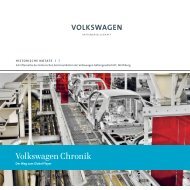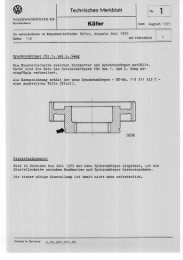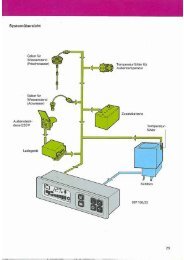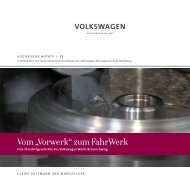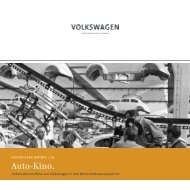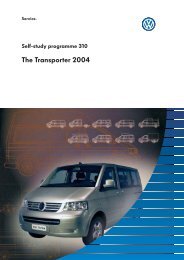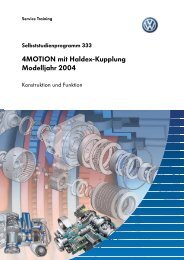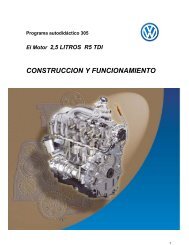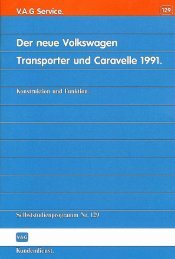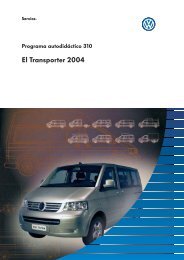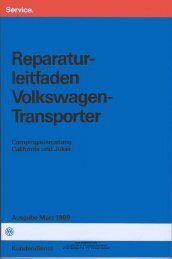HN 2: The British and their Works
HN 2: The British and their Works
HN 2: The British and their Works
Create successful ePaper yourself
Turn your PDF publications into a flip-book with our unique Google optimized e-Paper software.
Under the pressure of the material crisis, in early August 1947<br />
Ivan Hirst instructed the factory management to produce 30<br />
second-h<strong>and</strong> vehicles for the suppliers that month, "as fast as<br />
possible <strong>and</strong> by any means". 89 Although new parts also had to be<br />
used for this, he h<strong>and</strong>led the order generously. At the same time,<br />
the <strong>British</strong> had decided to provide the suppliers <strong>and</strong> the mining<br />
industry with 25 vehicles each. Once again, however, the distribution<br />
system created complications. Major Hirst made it<br />
clear that the quota allocation would be controlled centrally by<br />
the Highway <strong>and</strong> Highways Transport Branch in future <strong>and</strong><br />
processed by the State Economic Office. <strong>The</strong> previous direct<br />
allocation of the quotas via the mining industry had "not gone<br />
to plan", especially since these quotas had been set aside for<br />
another purpose. <strong>The</strong> vehicles intended for the mining industry<br />
now had to be allocated via the German Central Administration<br />
for Roads <strong>and</strong> Transportation in accordance with the regulations.<br />
This led to further delays. 90<br />
This tug-of-war was gradually exhausting the patience of the<br />
supply headquarters of the German mining industry. At the end<br />
of September 1947 general manager Münch paid them a visit in<br />
order to prevent the threatened transfer of the orders from the<br />
Volkswagenwerk to Opel. It was after all an important sales sector<br />
for the future. In order to meet the obligations to the mining<br />
industry, he instructed the production manager Wilhelm<br />
Steinmeier to exceed the m<strong>and</strong>atory production, if possible in<br />
October 1947. But Münch had clearly "misread the situation",<br />
<strong>and</strong> Major Hirst made it clear to him that all backlogs of the<br />
comm<strong>and</strong>ed programme must first be cleared before anybody<br />
else got a single car. Furthermore he criticised the unauthorised<br />
undertakings made to the mining industry, <strong>and</strong> put the factory<br />
management in its place. He pointed out that the Volkswagenwerk’s<br />
vehicle output was distributed by the Allied authorities,<br />
<strong>and</strong> the board of management was not authorised to enter into<br />
negotiations with other institutions. 91 Despite these complaints,<br />
the major fleet purchasers – the mining industry, the post office<br />
<strong>and</strong> the railways – remained customers of the Volkswagenwerk,<br />
for the likely reason that there were no real alternatives.<br />
With the production slumps in August, October <strong>and</strong> November<br />
1947, the Volkswagenwerk now had the worst of the battle<br />
behind it. <strong>The</strong> materials situation eased up. And in December,<br />
with the vigorous support of the workforce <strong>and</strong> the works<br />
council, production was increased to 1,020 vehicles. Ultimately,<br />
1948 had brought with it the upswing that everybody had been<br />
waiting for.<br />
■<br />
38 39<br />
SHORTAGES OF RESOURCES



